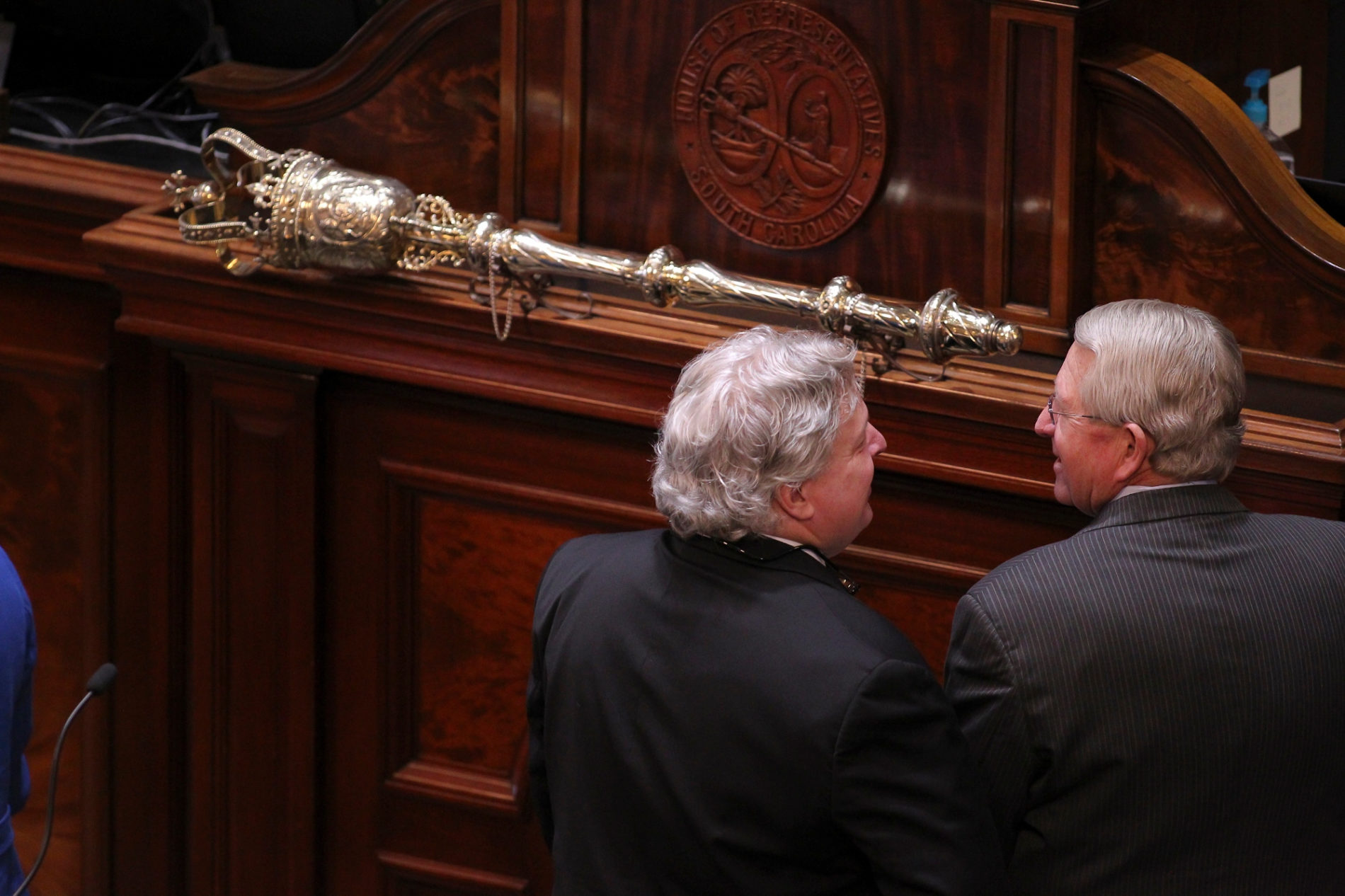#NukeGate: The Legislative Dance Continues
Earlier this month, South Carolina lawmakers let the clock run out on the 2018 legislative session wYou must Subscribe or log in to read the rest of this content.
Earlier this month, South Carolina lawmakers let the clock run out on the 2018 legislative session w
